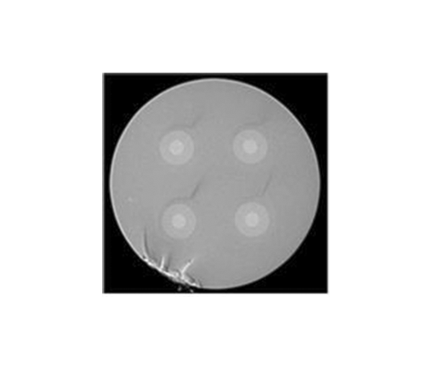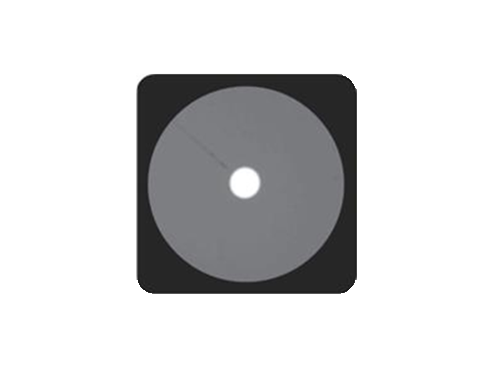Space Division Multiplexing (SDM) enables extremely high capacity networks

Over the past decade, data traffic has increased by a factor of ~100. Fiber capacity has closely followed this exponential growth, thanks to the introduction of new technologies. There is, however, a growing realization that this might no longer be sufficient and new technologies are needed to avoid an imminent capacity crunch.
Data traffic is expected to keep growing at a similar exponential rate during the next decade, notably due to development of social networks, video on demand and mobile multimedia platforms. In this context, SDM has recently been recognized as the unique multiplexing technology able to meet this capacity challenge.
There are two types of SDM fibers:
- Multi-Core Fibers (MCFs), where capacity is multiplied by the number of cores present in the fibre.
- Few-Mode Fibers (FMFs), where capacity is multiplied by the number of modes supported by the fiber.


FMFs have several advantages over MCFs. In FMFs, the number of modes can be scaled up to 100 while maintaining a standard cladding diameter of 125μm and, therefore, high density. FMFs are single-core fibers that can be made with standard manufacturing processes, which allows for large-scale production. In comparison the number of cores in MCFs is limited to around four with a standard cladding diameter of 125μm. MCFs are fabricated with non-standard processes that are costly and not adapted to large-scale production. The advantage of MCFs, however, is that crosstalk between spatial channels is much lower than in FMFs. In short-reach applications such as DCIs (up to few 10s of km), this phenomenon that builds with distance can be contained. This is not the case for long-reach applications.
At Prysmian Group, we master single-mode as well as multimode technologies. Therefore, it makes sense to go for the FMF approach. In this field, we have demonstrated the highest number of modes supported by a fiber and set several transmission capacities records in collaboration with different Telecom players. We have also fabricated a 20km-long 15-spatial-mode fiber duct cable that will soon be deployed in the city of L’Aquila, Italy, as part of the INCIPICT project, a field-deployed research testbed that will be available to the international research community. The MCF approach is also being envisaged based on in-house knowledge acquired more than 20 years ago when 4-core MCFs were developed for FTTH networks in collaboration with France Telecom.
SDM has benefits in specific applications. In submarine networks, the space available in cables is limited and MCF may enable an increase in cable ‘cores’ and, therefore, overall capacity. For Data Centre Infrastructure, we see a similar situation. Because the traffic between datacenter locations is vast, the cables used have many fibers, for example FlexRibbon 6912 fibers. SDM fibers could help to increase the capacity of these cables.
It’s worth pointing out that SDM can be used on top of wavelength division multiplexing (WDM). This allows a single fiber to transport multiple signals or services that are transmitted at different wavelengths without interfering with each other. SDM may not only bring the next major step in in capacity-per-fibre, but is also expected to improve energy efficiency and enable significantly lower cost-per-bit.
![Evolution of commercial optical transmission system over the past 30 years and extrapolations for the coming 20 years (after[1])](https://www.prysmian.com/sites/www.prysmian.com/files/2024-01/table-sdm-1200x600.png)
Source: Fiber-optic transmission and networking: the previous 20 and the next 20 years [Invited] PETER J. WINZER, * DAVID T. NEILSON, AND ANDREW R. CHRAPLY






